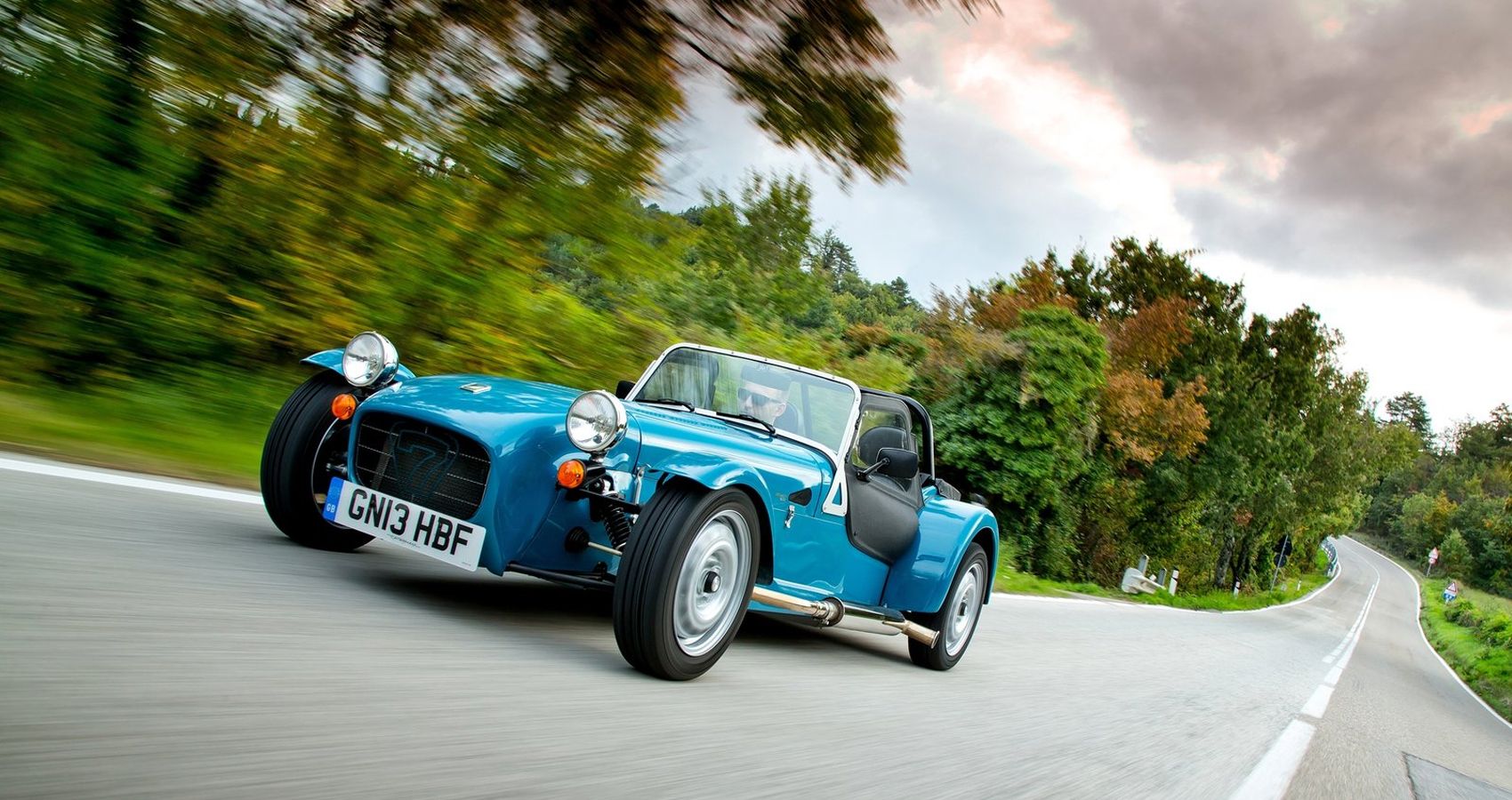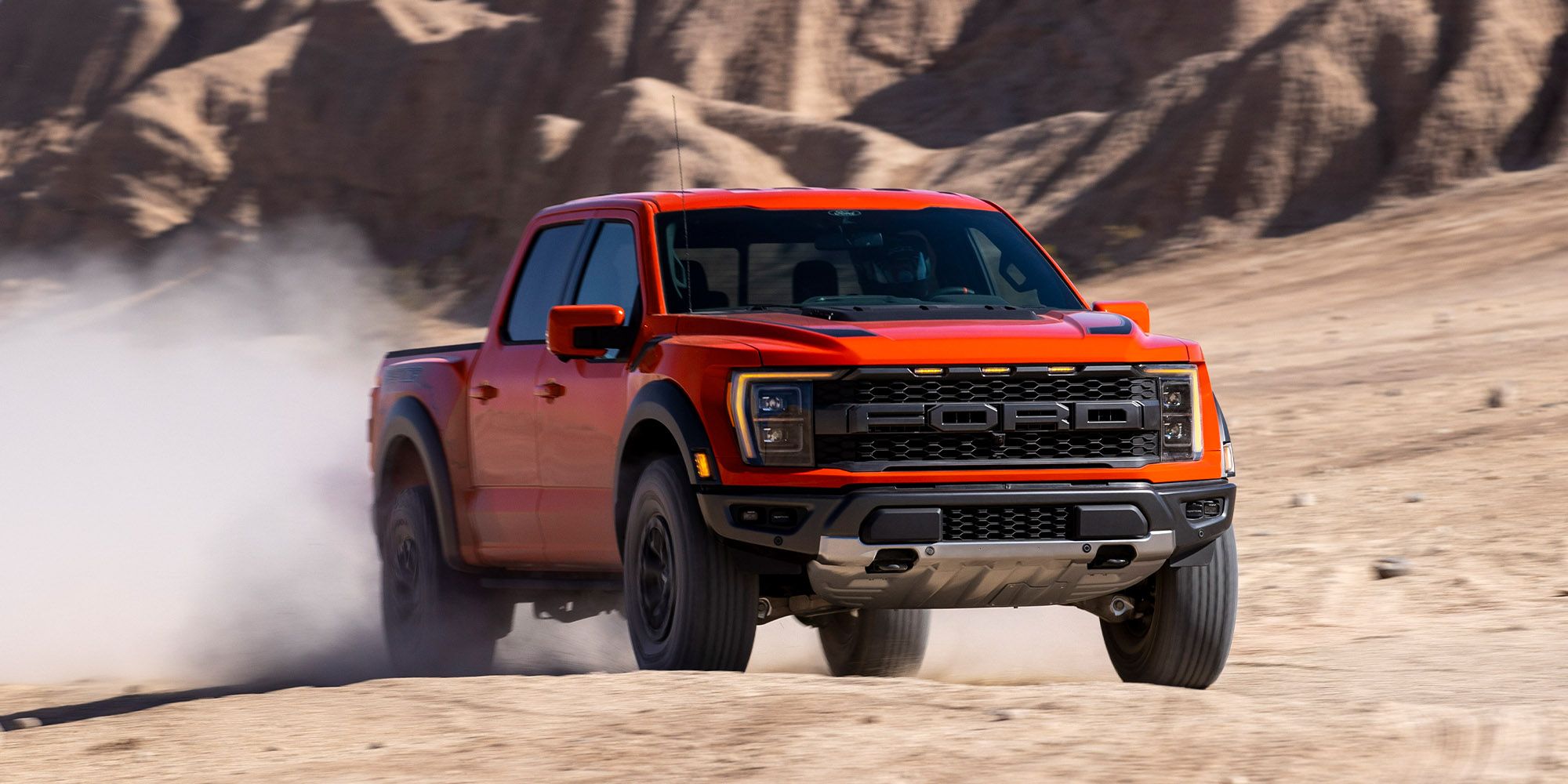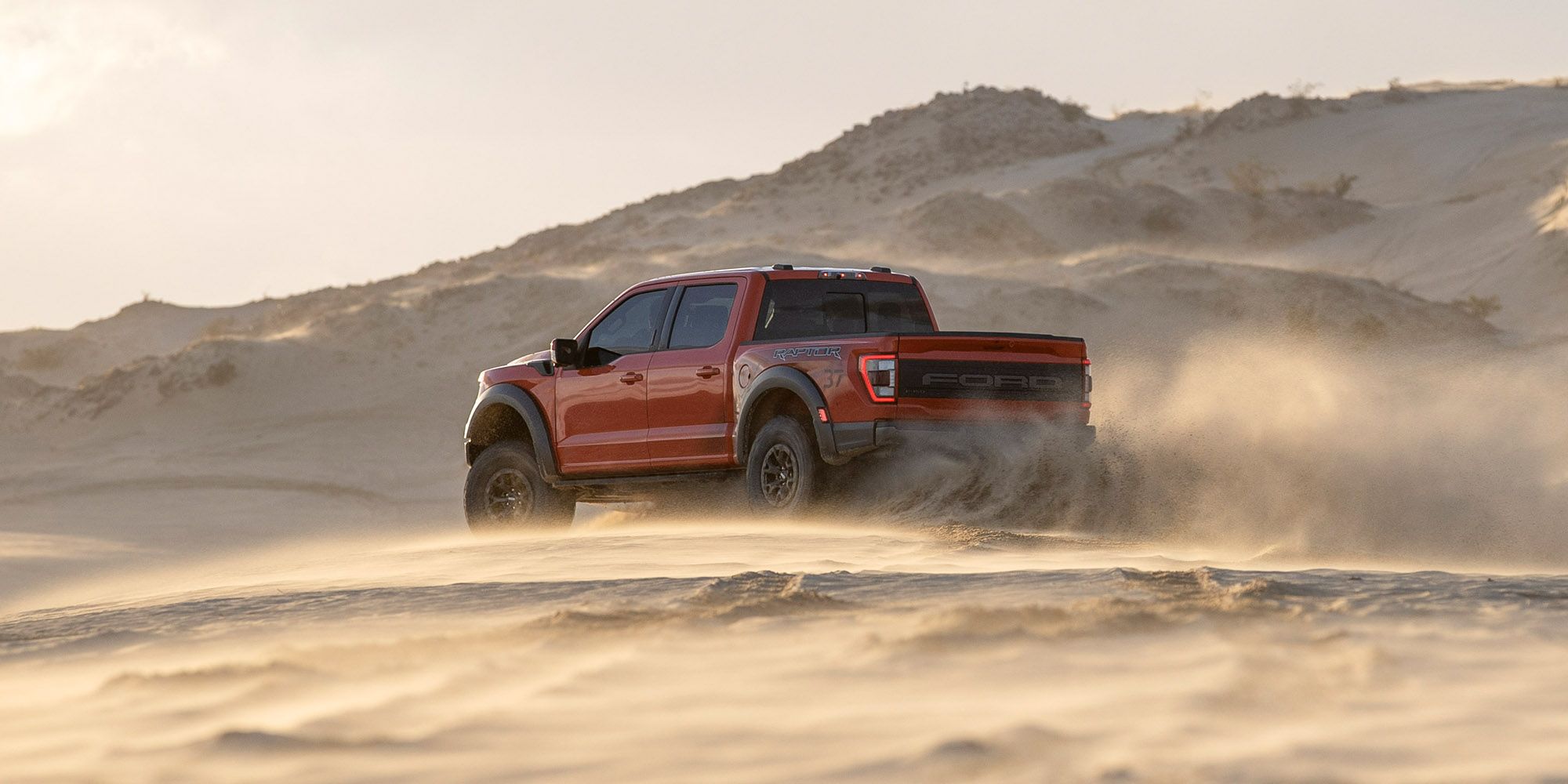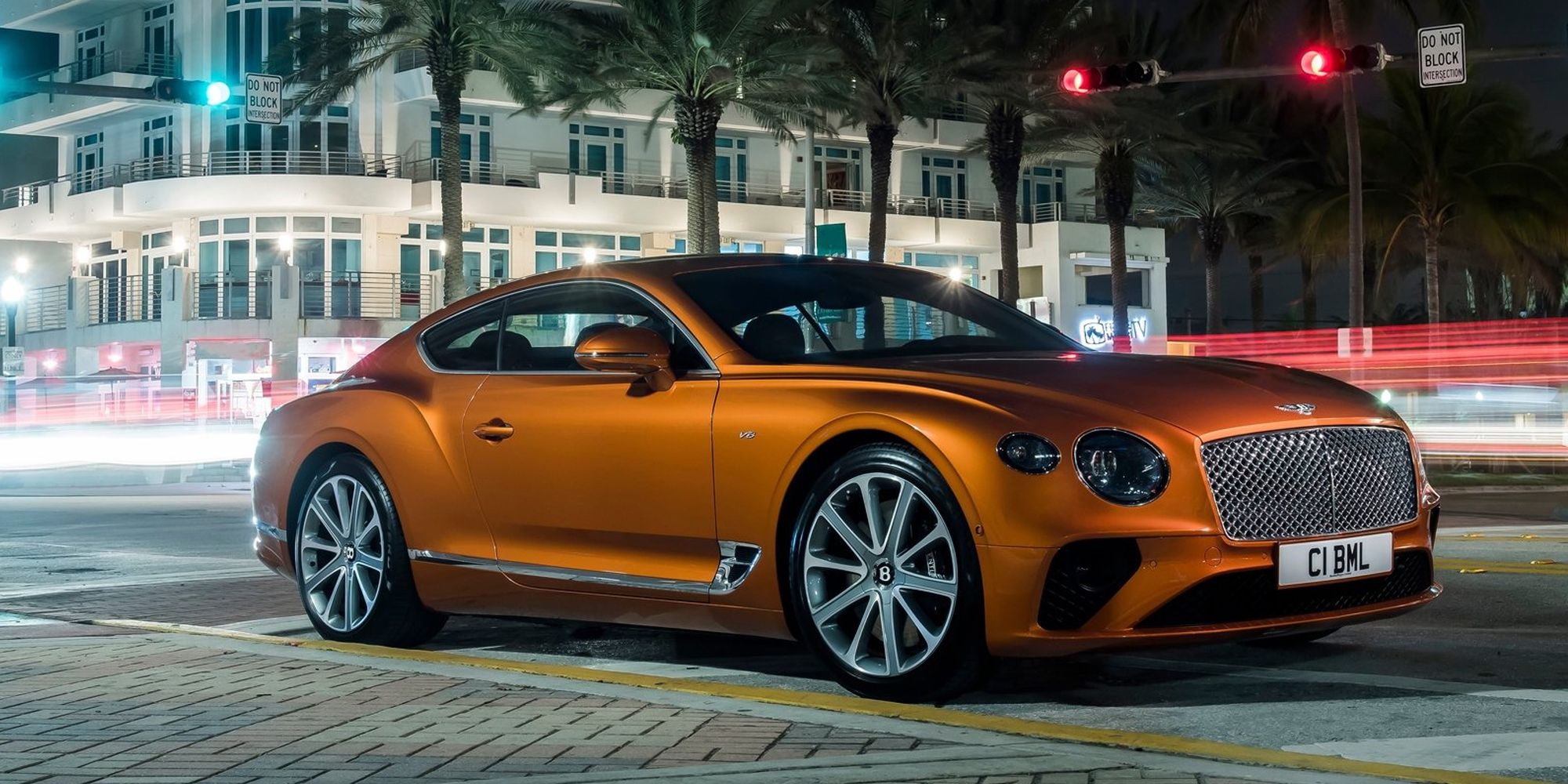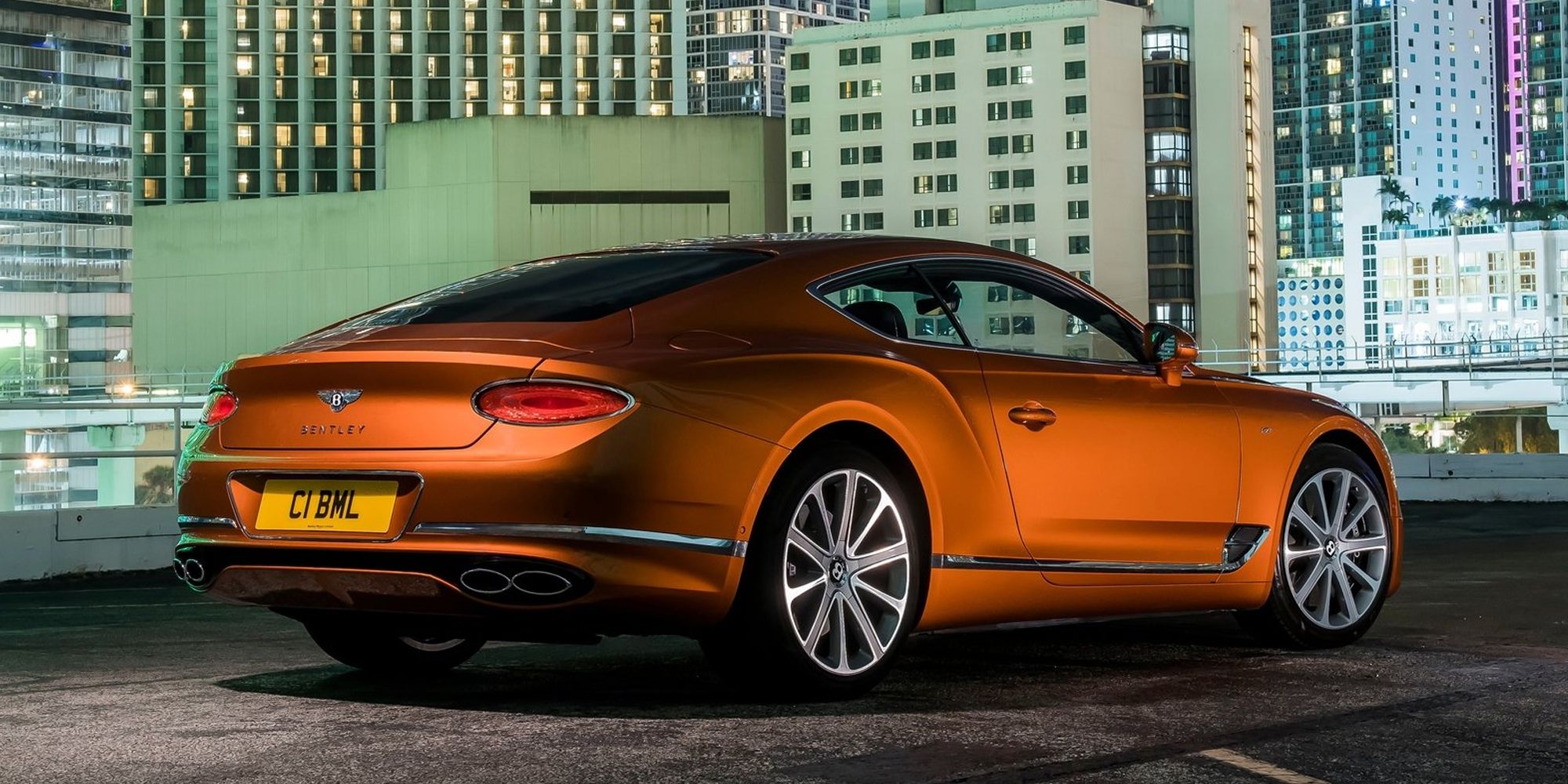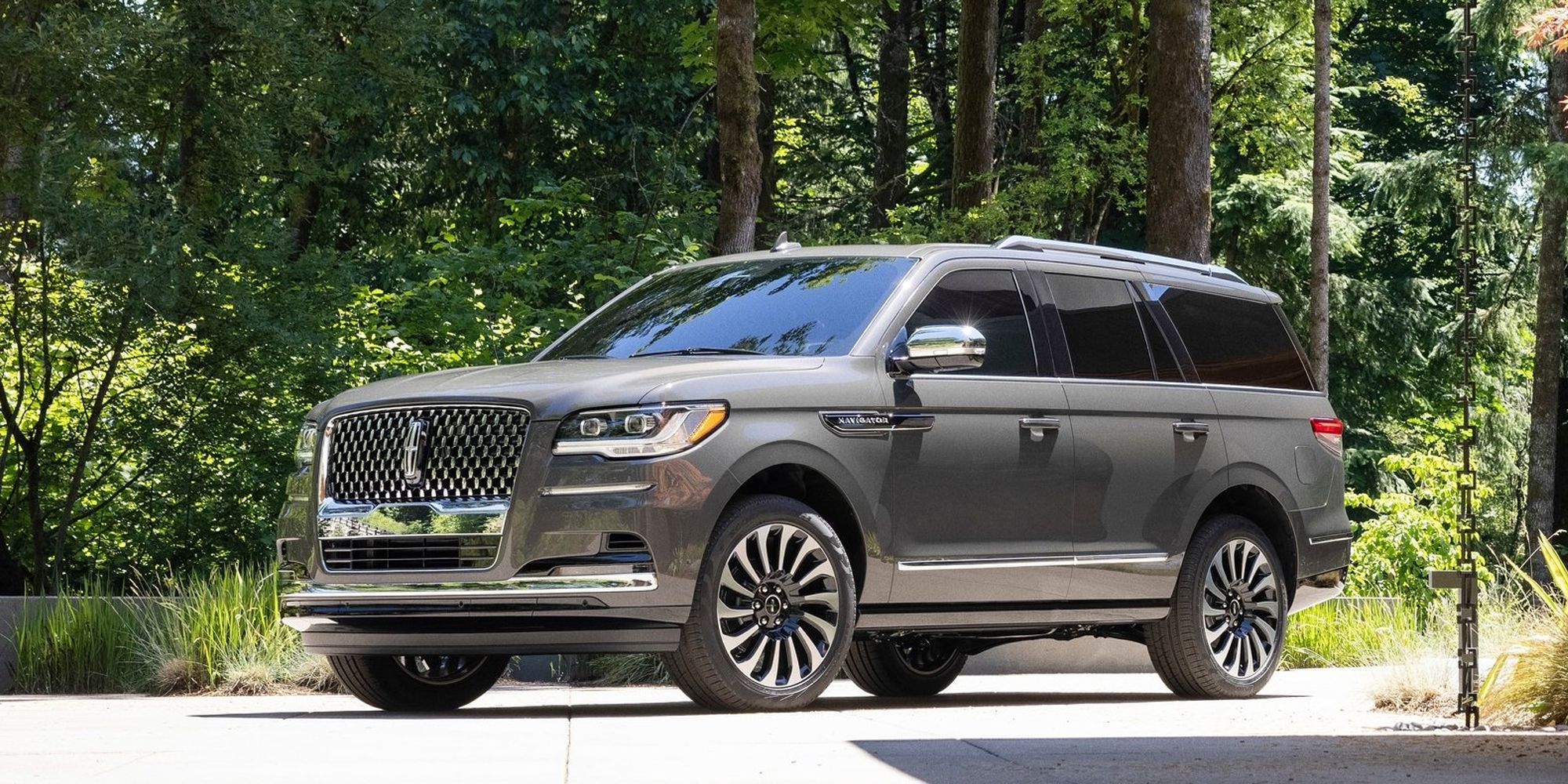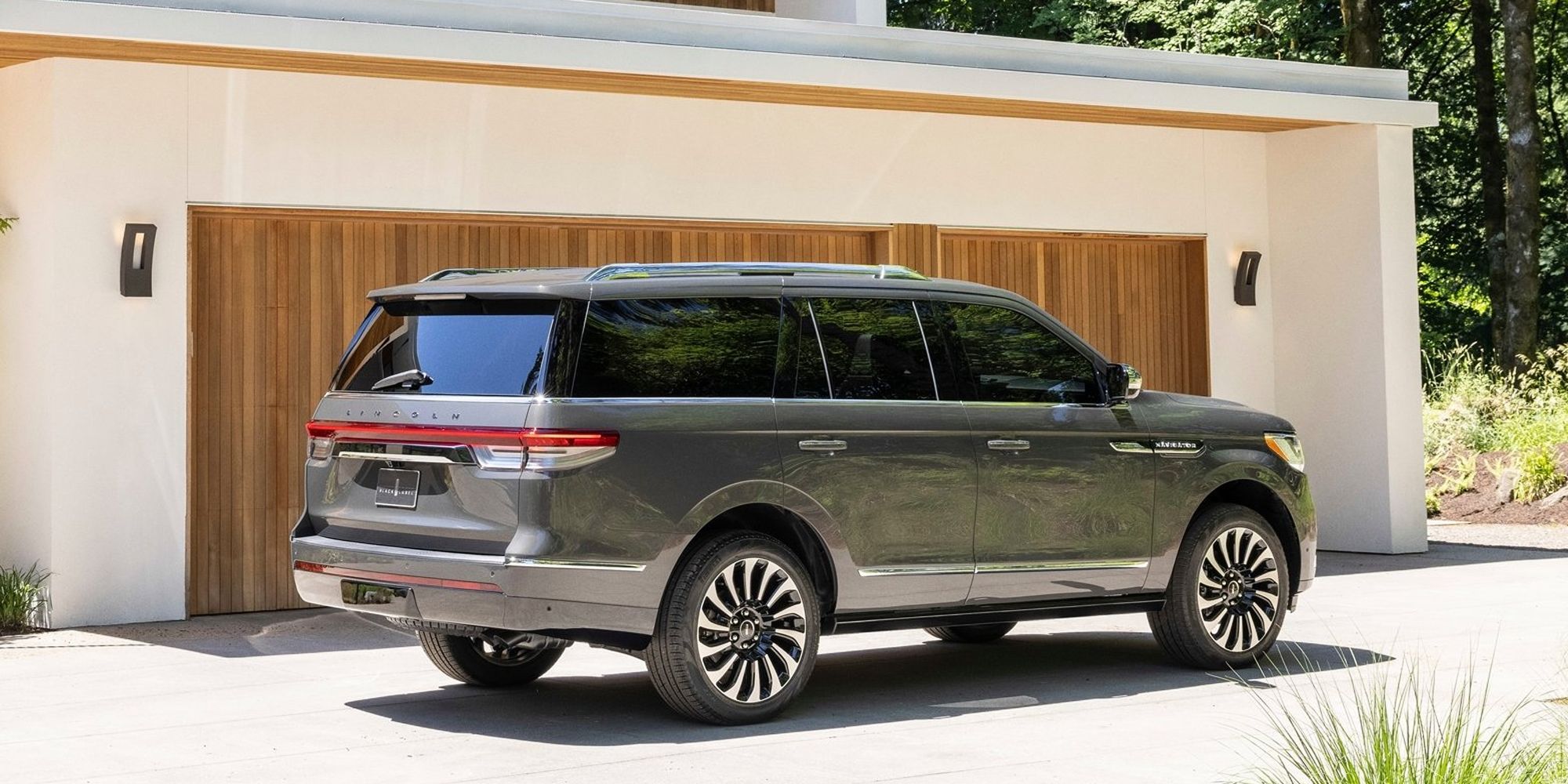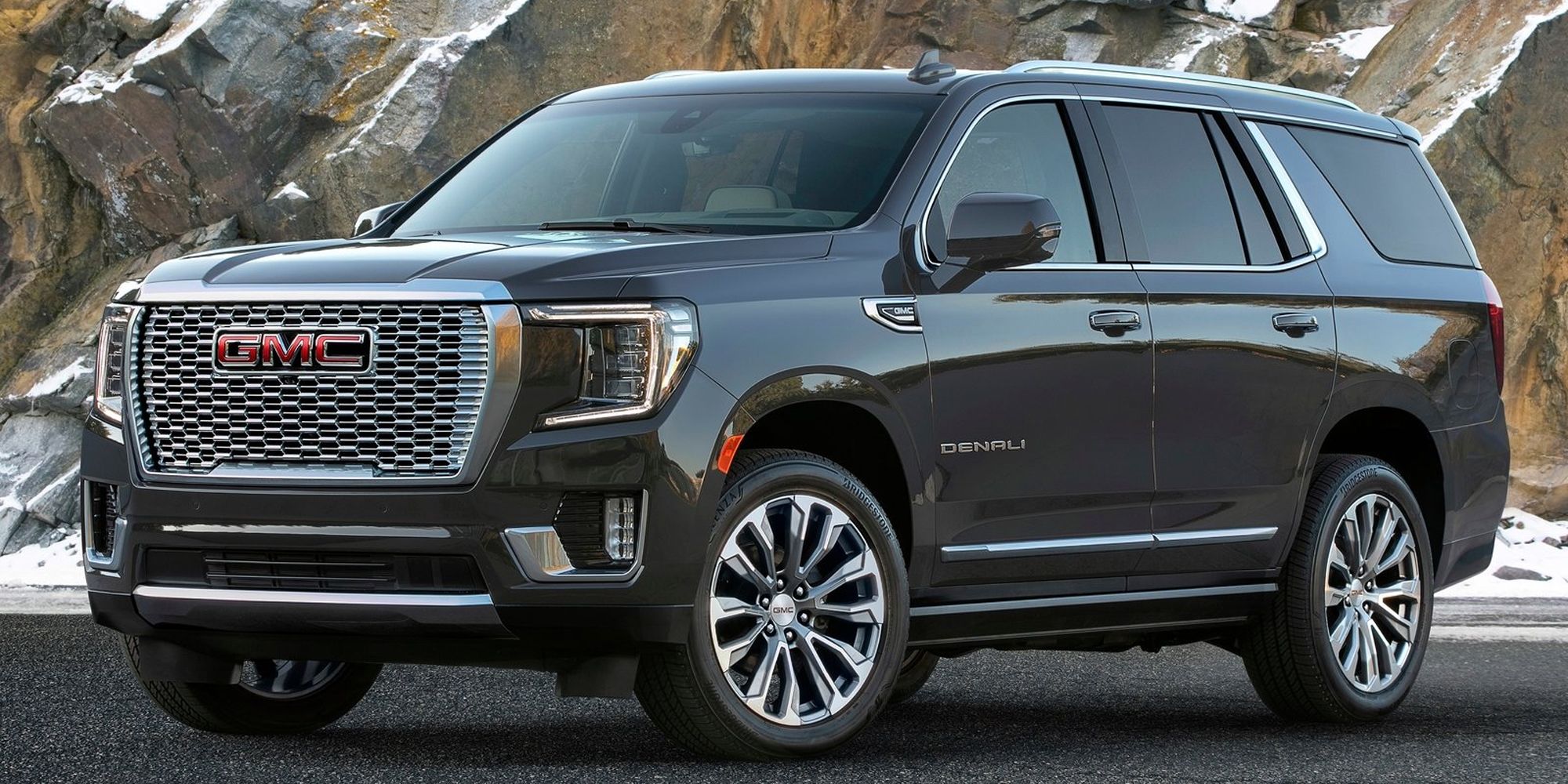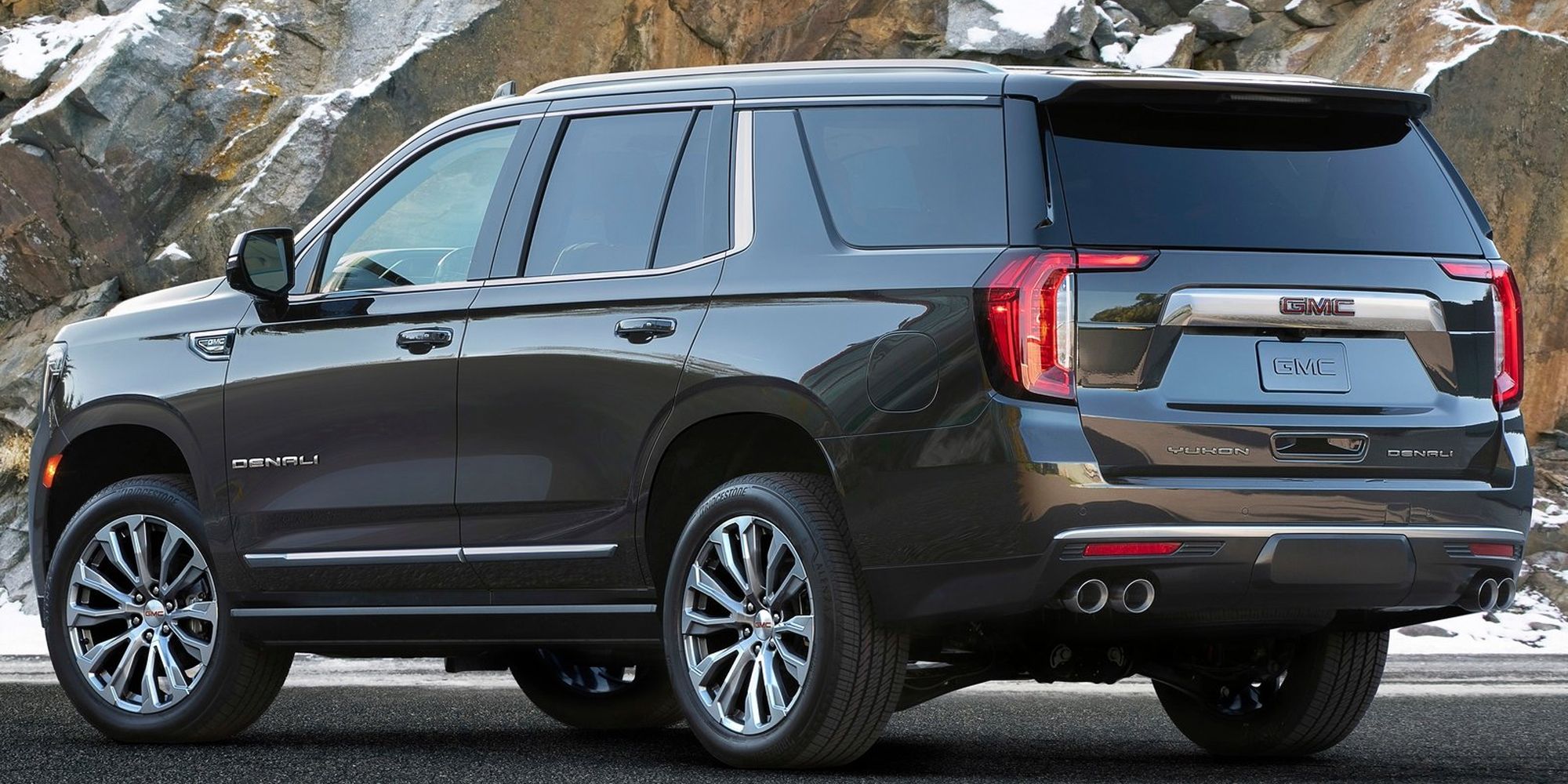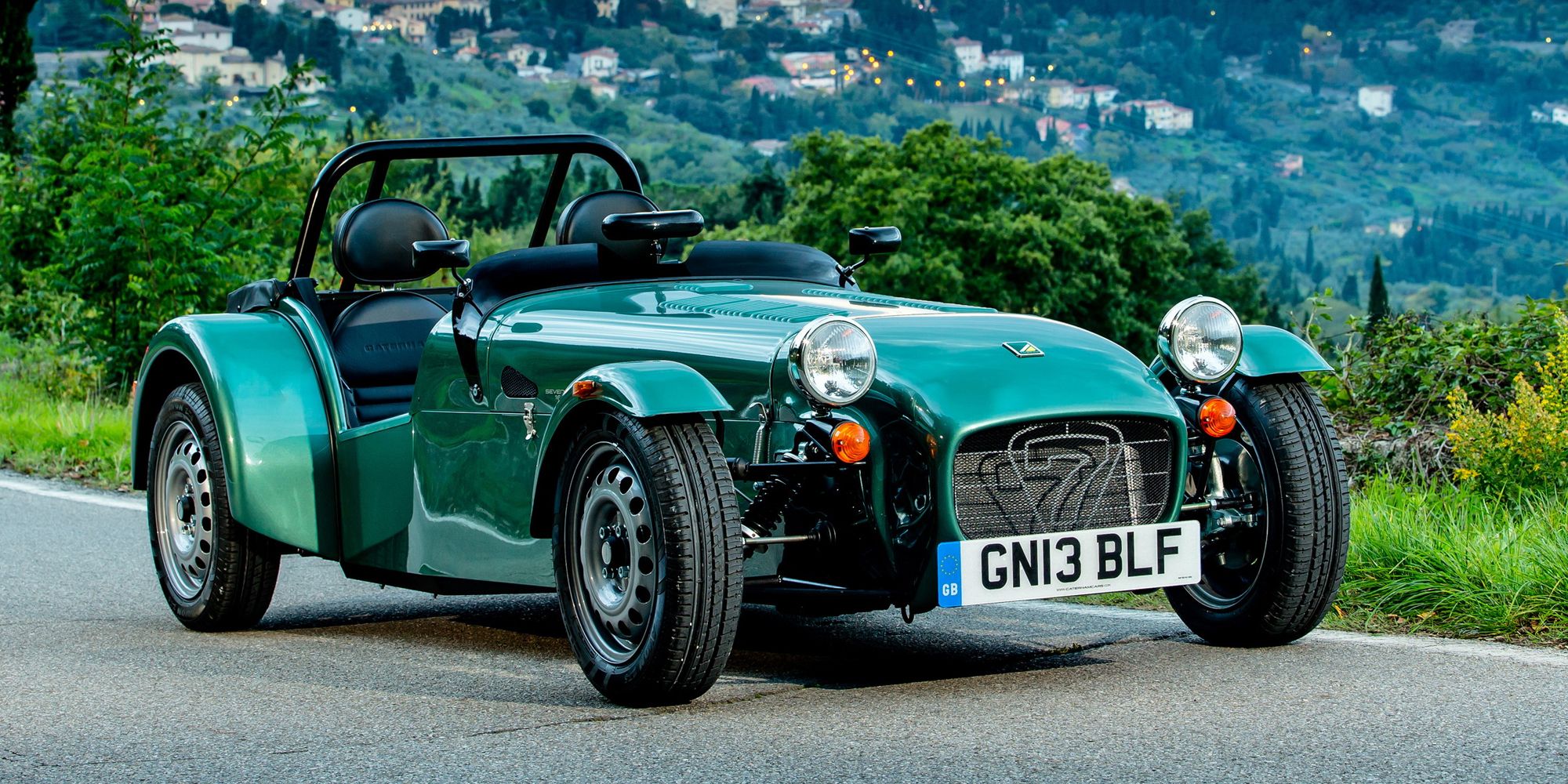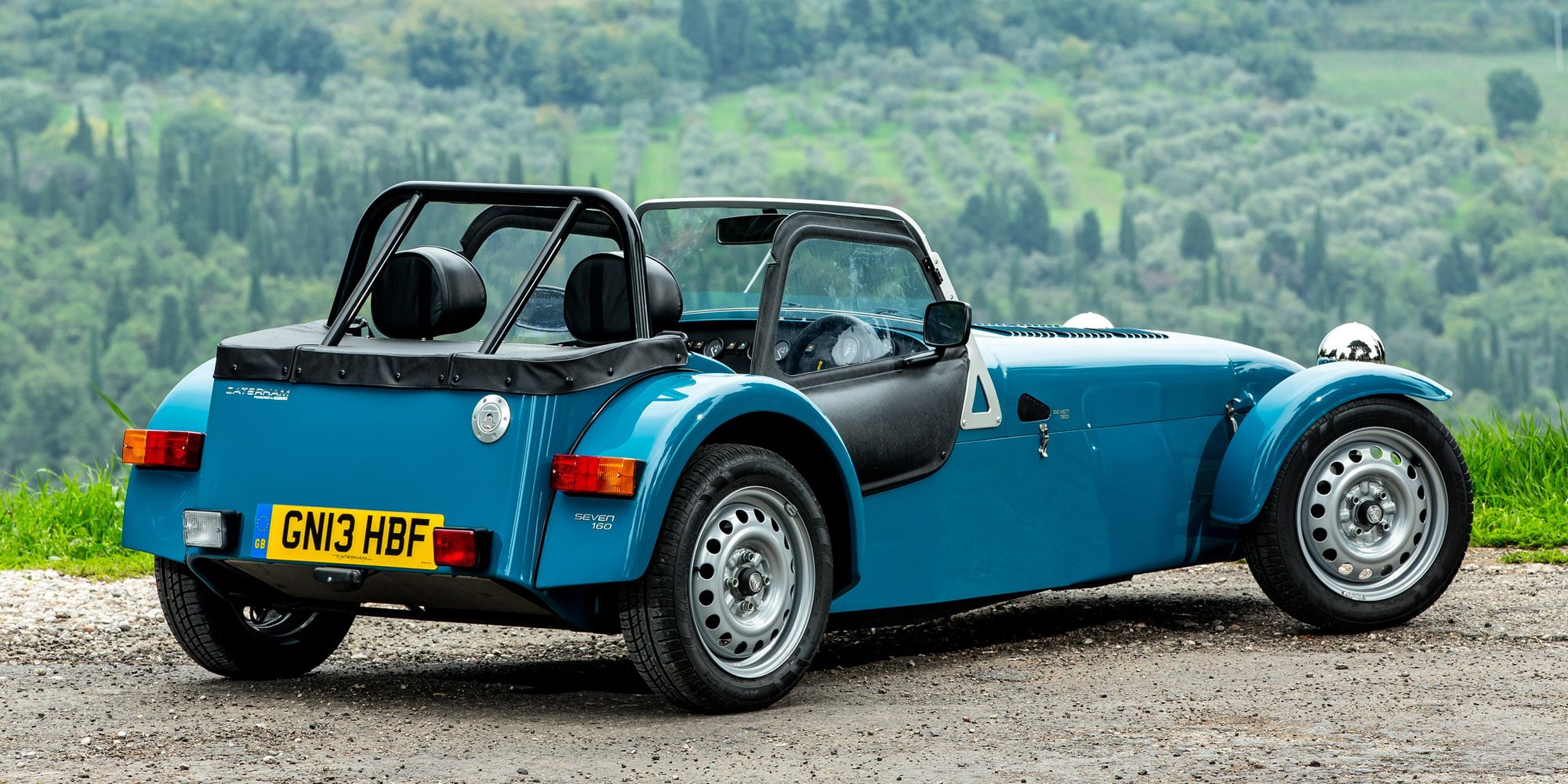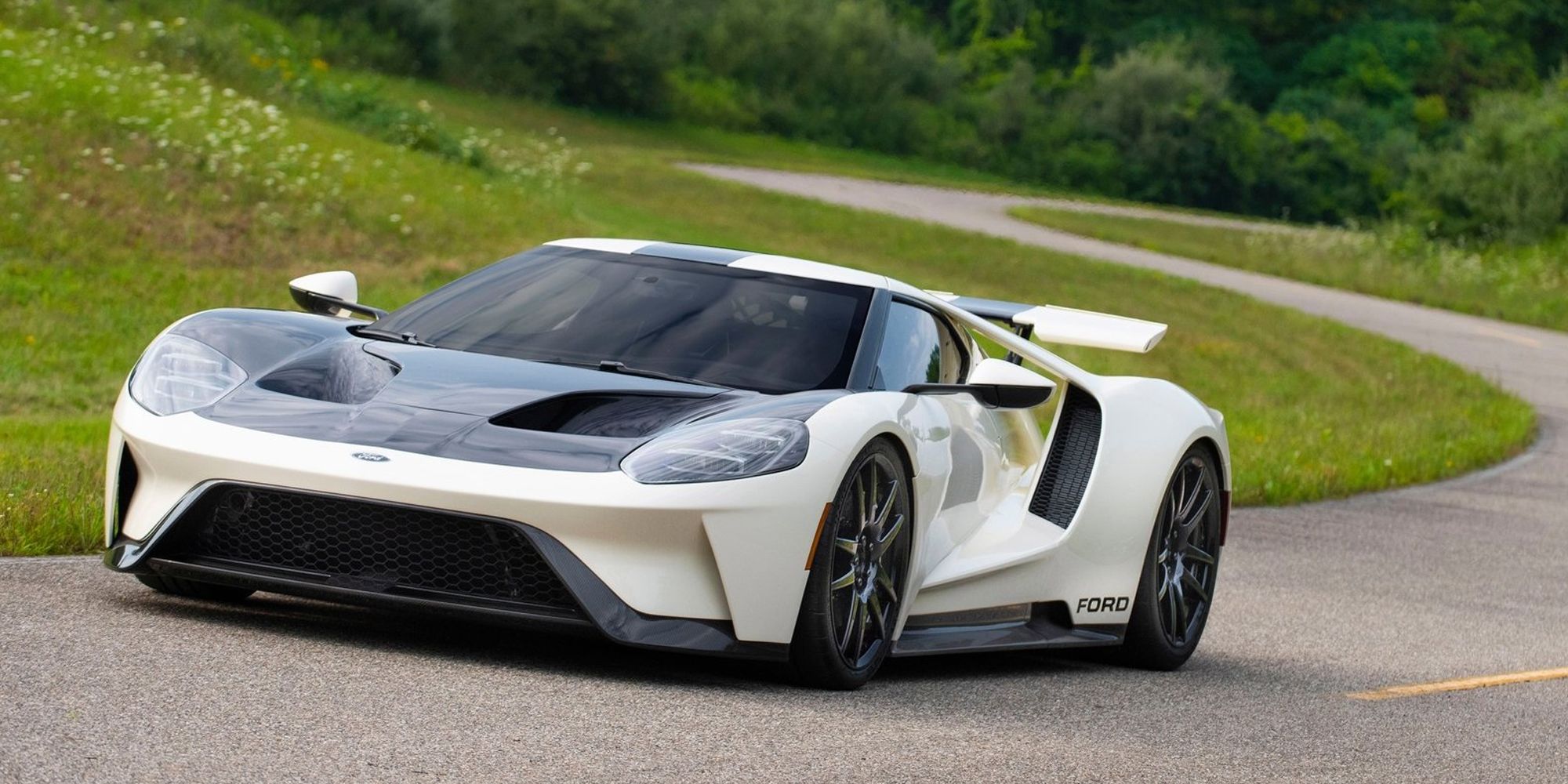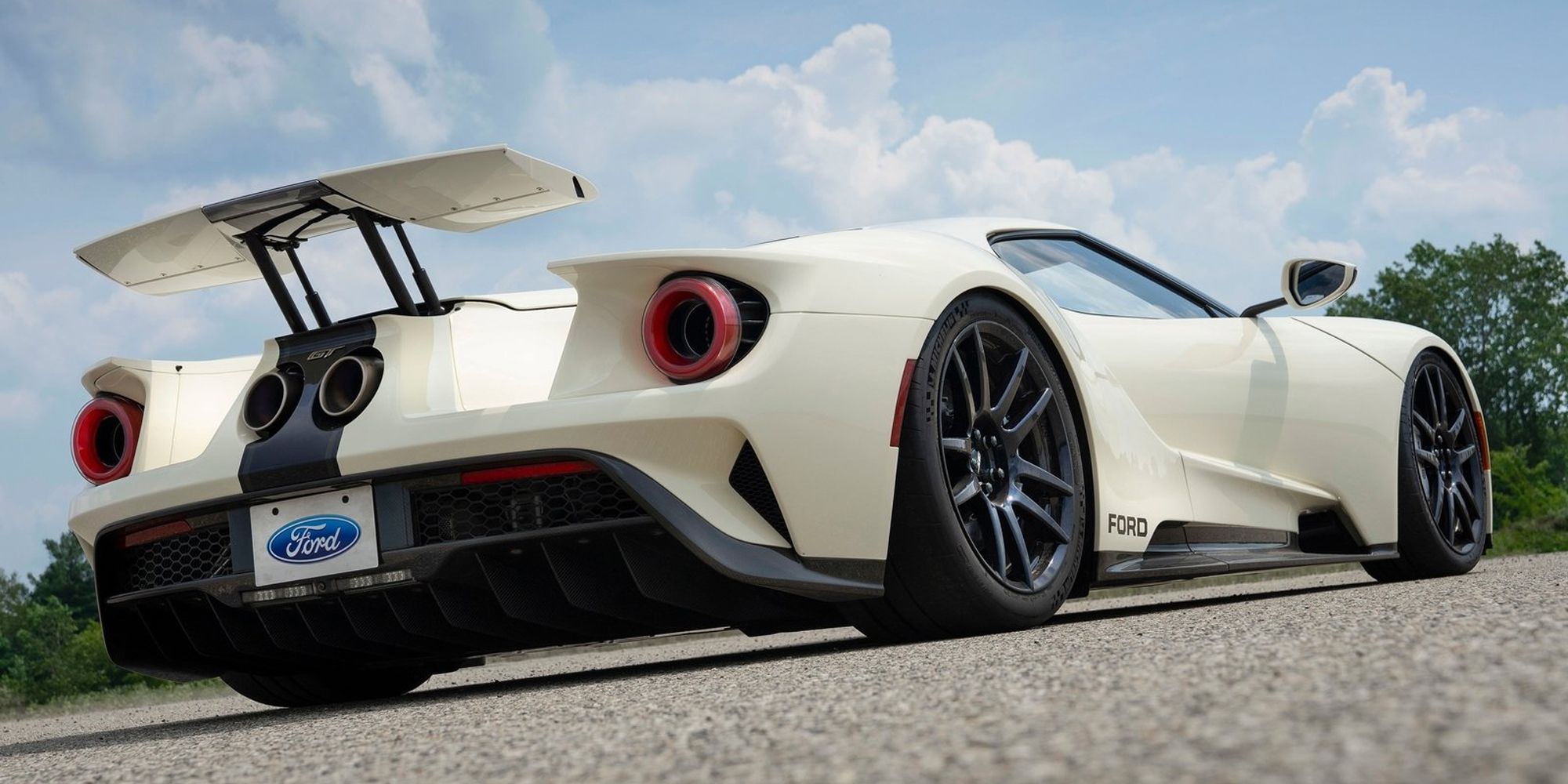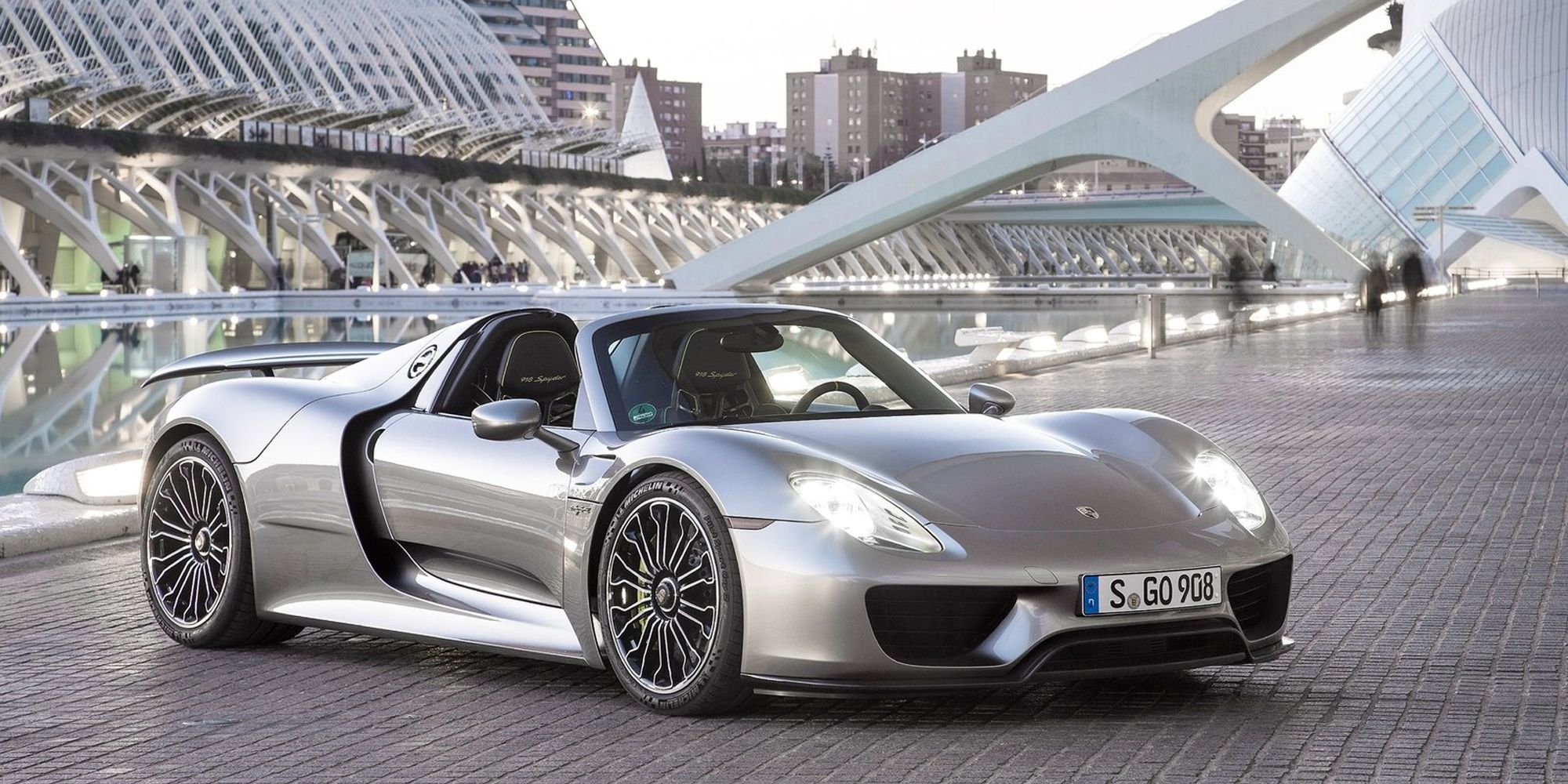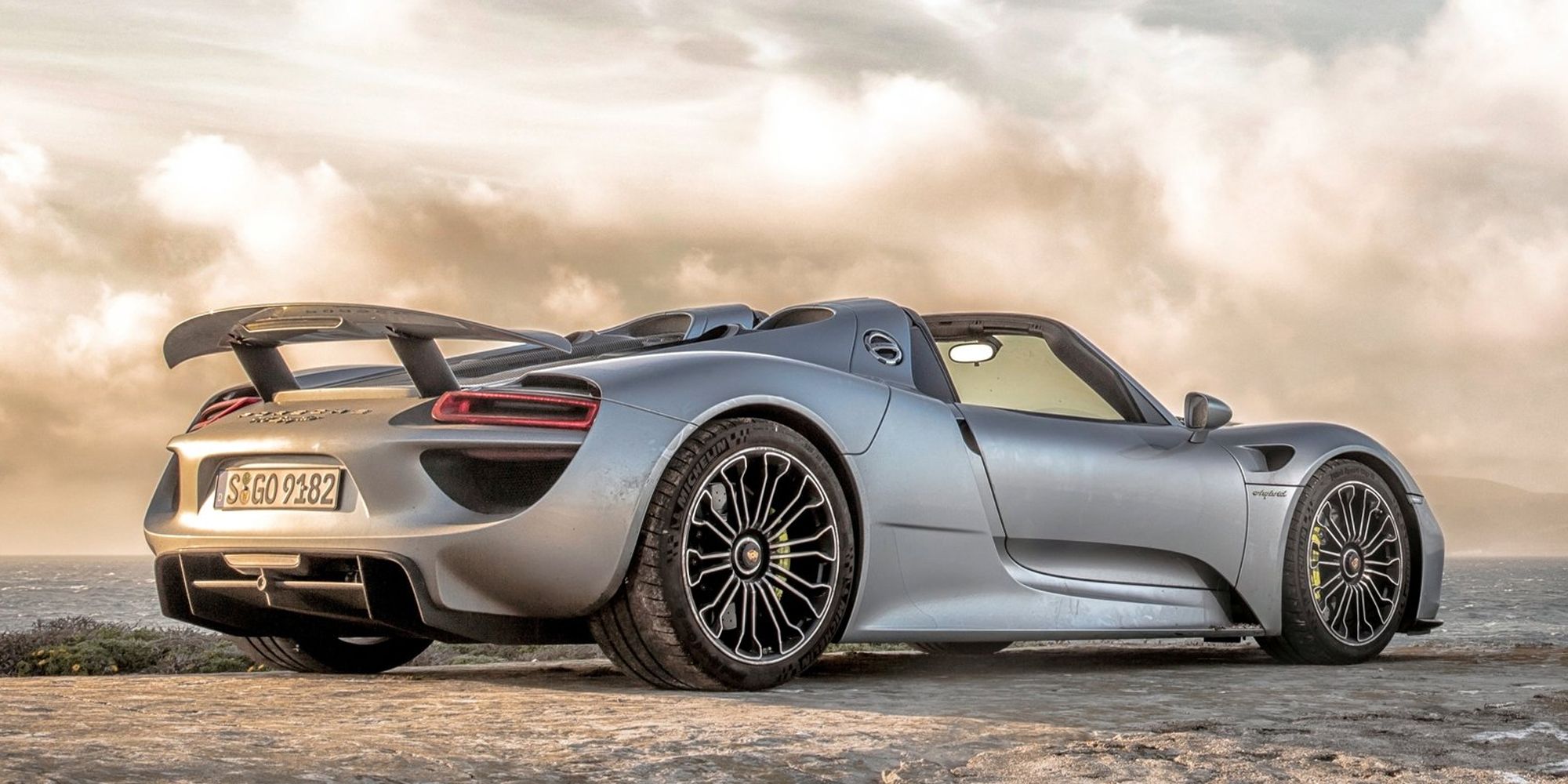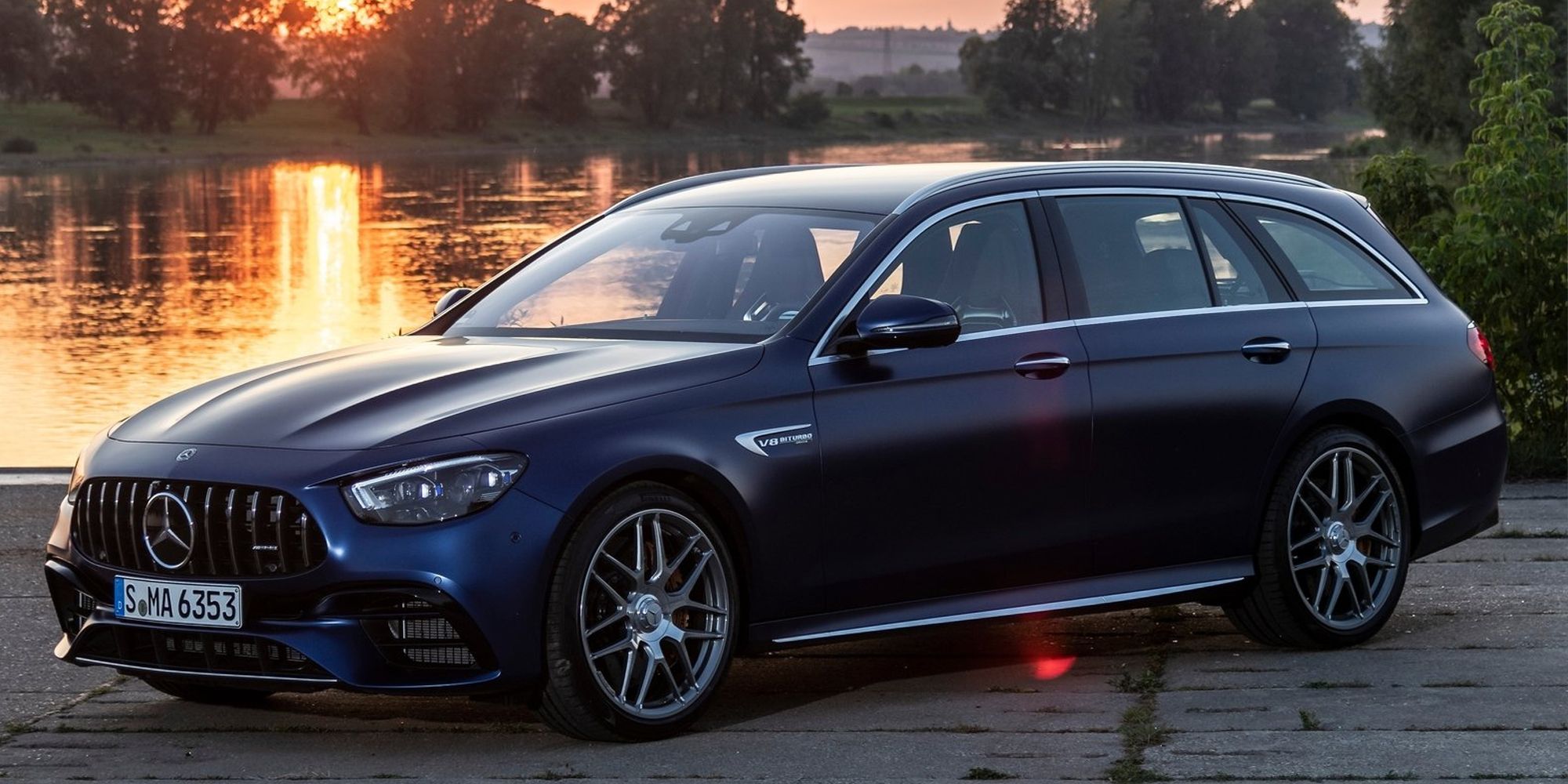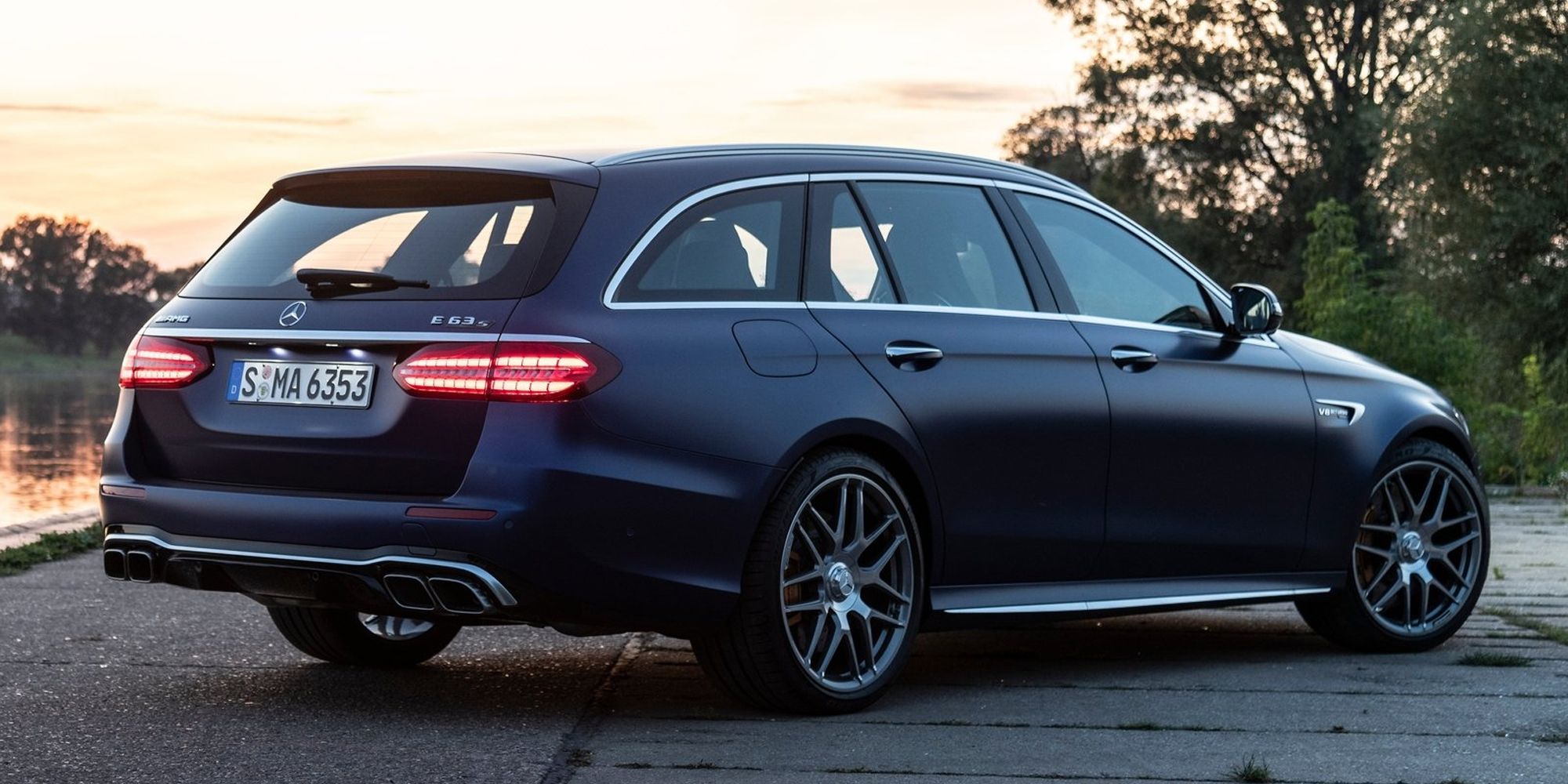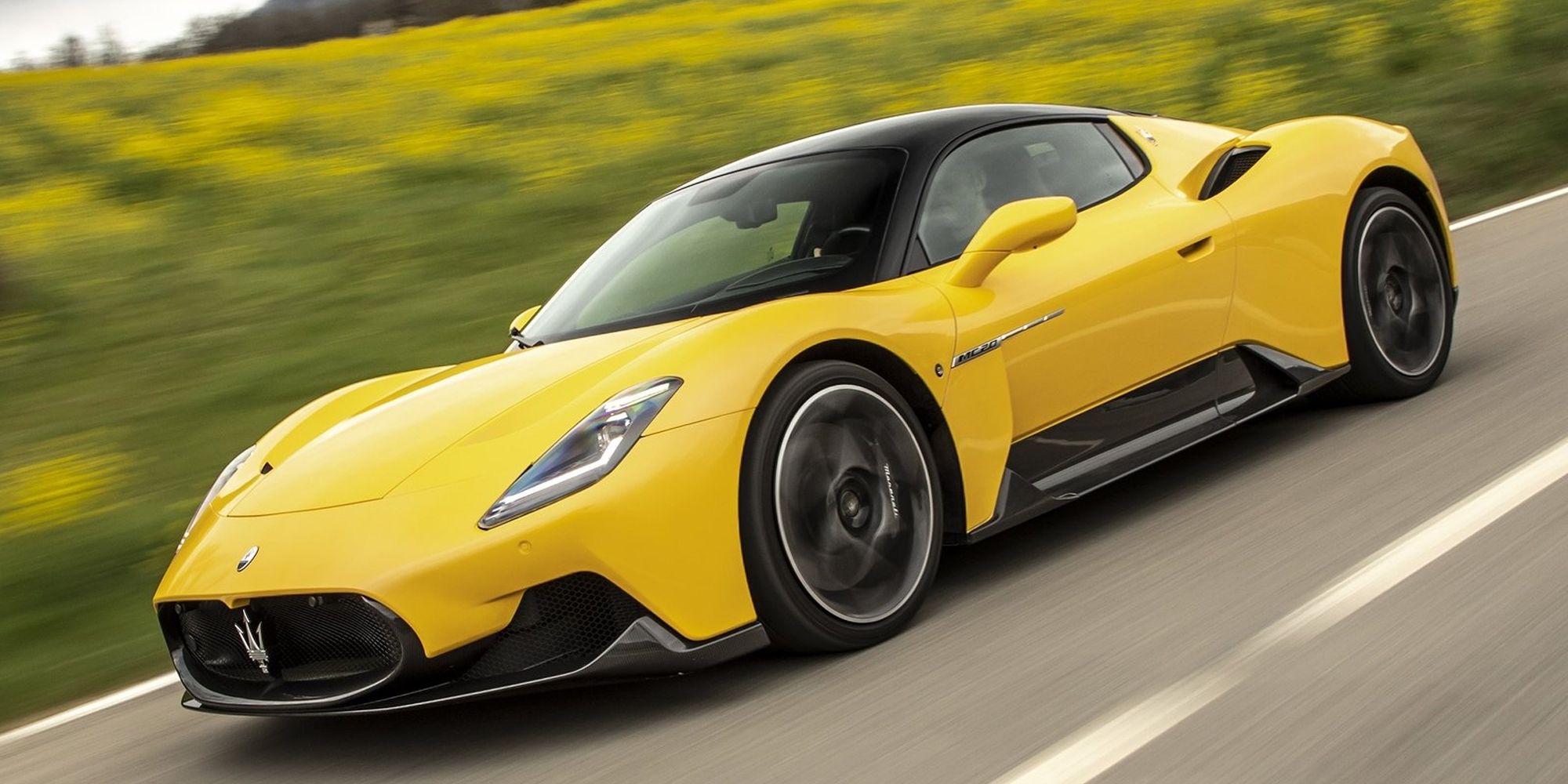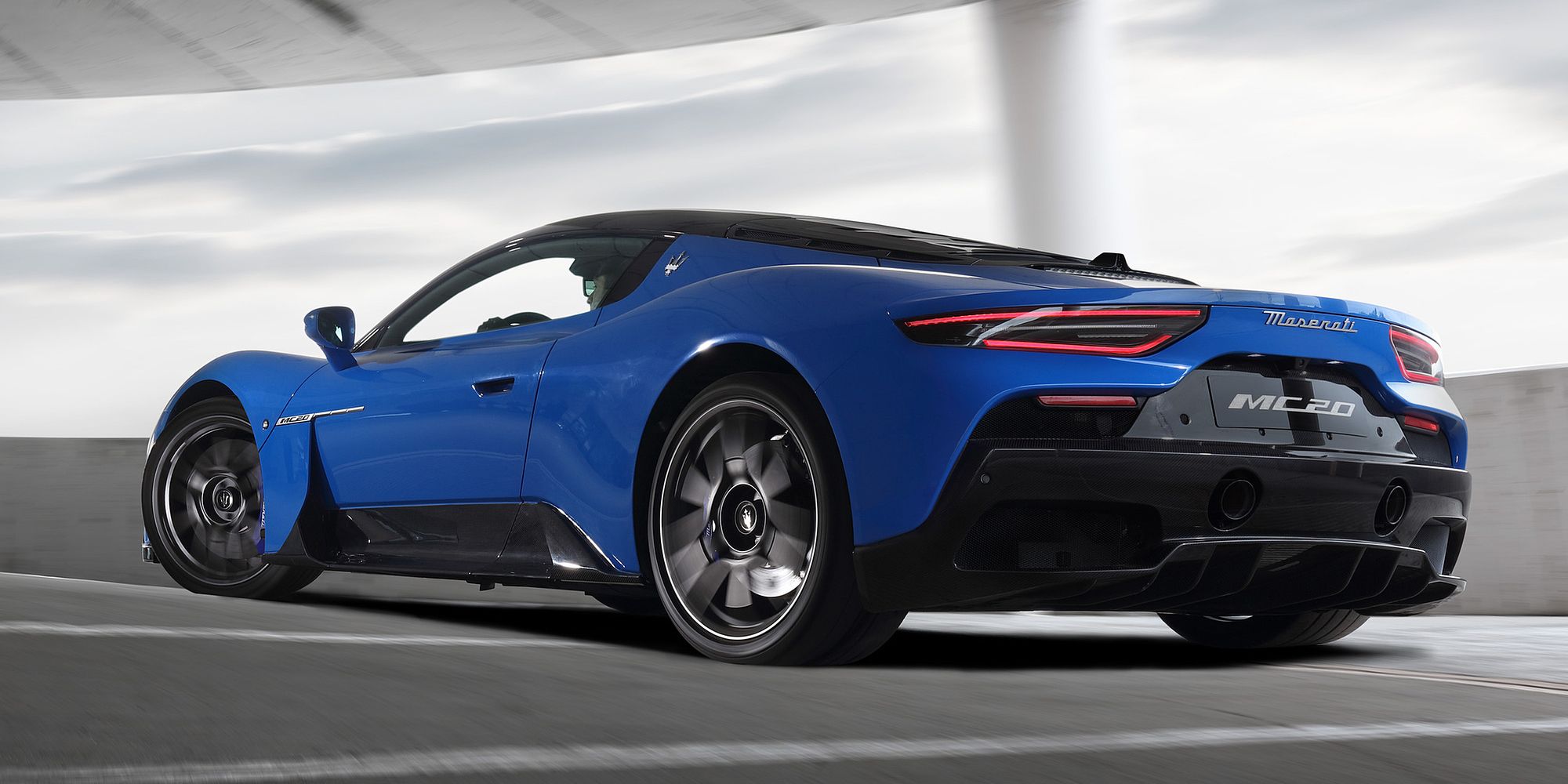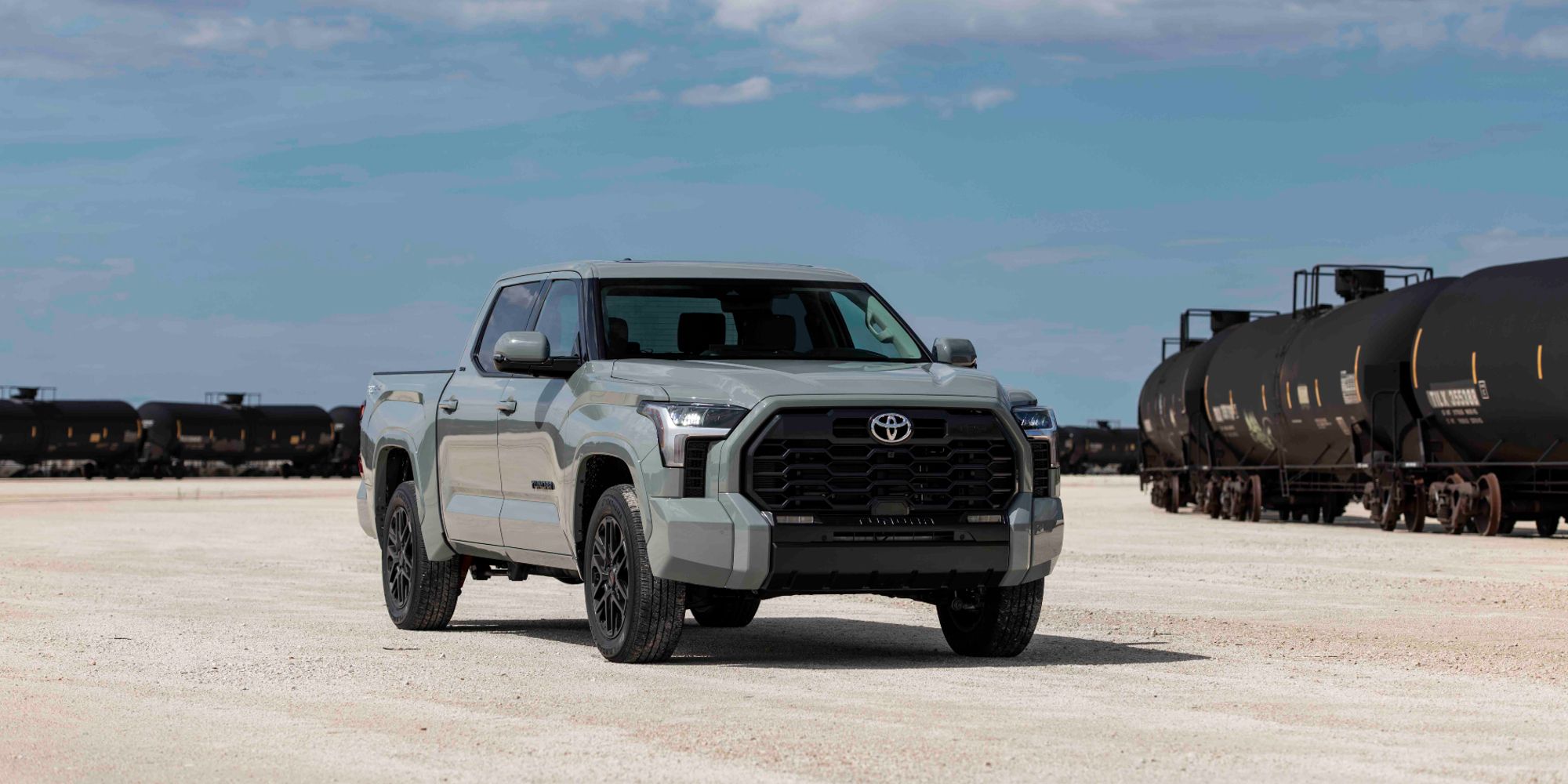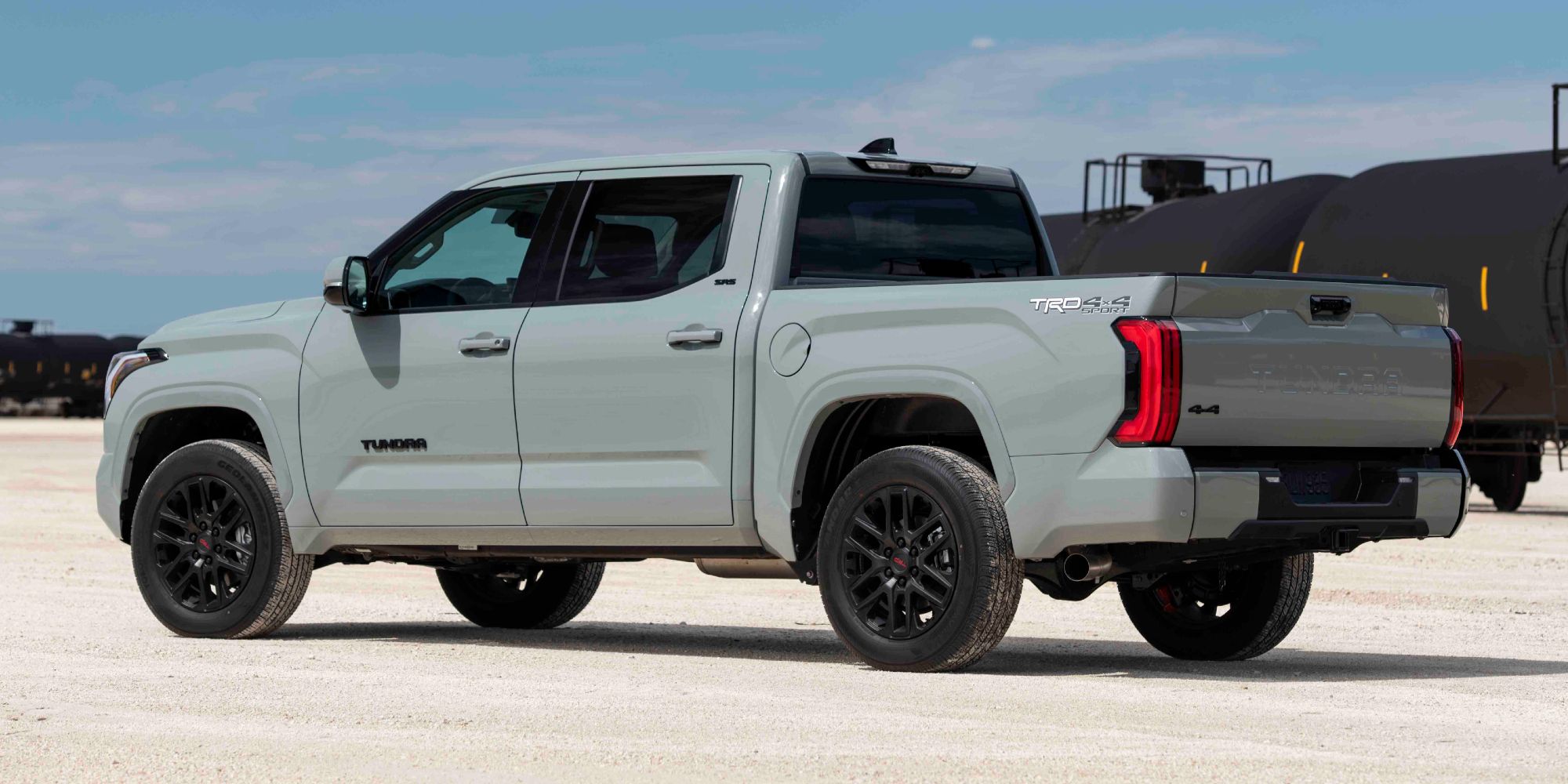There used to be a time in the auto industry where rules regarding engines and engine sizes were basically non-existent. A lot of old cars were very heavy, technology and engineering R&D simply wasn't there yet, and emissions regulations were significantly less strict. But, as automakers and regulators found their way around all of those things, changes were in order. With cars getting lighter and lighter, the discovery of forced induction and optimizing engines for various tasks, and the all-important emissions laws, big powerful engines simply weren't needed anymore.
Engine downsizing, as the perhaps not very effective phenomenon is now known, especially became common at the beginning of the 2010s. A lot of enthusiasts and consumers took a while to adapt to this new change, as they were still firm believers in big, powerful, naturally aspirated engines. But, since then, a good amount of cars has arrived that are great proof that downsizing can totally work.
10 Ford F-150 Raptor
Back in the late 2000s, Ford's F-150 SVT Raptor, based on the twelfth generation F-150, was a gamble. Ford was testing the waters, seeing if an off-road focused pickup truck would work for the market, after discovering that a street truck works surprisingly well earlier in that same decade. Turns out, the Raptor definitely paid off.
The original Raptor was offered with two powerful and massive V8 engines, but the second (and third) generation replaced the V8 options with a turbocharged EcoBoost V6. Many boo-hoos were heard, but Ford had the last laugh, as the V6 is more powerful, (marginally) more efficient, reduces weight and is overall much more effective. Even then, the V8 Raptor is probably making a comeback soon.
9 Bentley Continental GT V8
After the VW takeover in the early 2000s, Bentley revived the iconic Continental nameplate for an all-new, two-door grand tourer. The Continental GT remains one of the benchmarks of the segment, but its engine gave it a somewhat hushed character. Big and powerful, certainly, but mostly designed to cruise at 200 mph without breaking a sweat.
Unlike Rolls-Royce, Bentley has always considered driver involvement, in other words luxury cars that you want to actually drive, rather than be driven in. By christening the Continental GT with a twin-turbo V8 engine, which makes 542 hp in the current model, they brought out the cruise ship's speedboat side. For total serenity on the highway, you buy the Continental W12, but if you plan to take a detour on some country roads, you buy the V8.
8 Lincoln Navigator
Outside the Range Rover, the original Lincoln Navigator was the start of the full-size luxury SUV revolution in North America, followed by the Cadillac Escalade, GMC Yukon and the less fortunate Hummer H2. Even though it fell by the wayside during the 2010s, the latest Navigator is a stunner.
There was a huge gasp of surprise when Lincoln announced that the new Navigator would not be offered with a V8, despite all of its competitors still offering one. The turbo V6 in the Navigator is a powerhouse, however, with even more capability in the old V8, better performance, while also offering marginally better economy. It also drives very well, it's properly luxurious, and it has tons of cool features that we absolutely love.
7 GMC Yukon Turbo Diesel
For the entirety of its life, the GMC Yukon has always been powered by a massive V8 engine of some description. Even today, the default choice is a 5.3-liter V8, which is plenty powerful and capable, but its fuel consumption is not the best, to say the least. To combat this issue, GMC went to their good friends at DMAX and put together a new diesel.
This unit, a 3.0-liter turbocharged six-cylinder, makes 277 hp and 460 lb-ft of torque. While the V8 still has a better towing capacity, the 8,200 lbs of the diesel isn't all that bad, and being a diesel, most of the peak torque comes in at very low revs. The diesel also has the V8 trumped at gas mileage; 18 mpg combined for the V8, 23 for the diesel.
6 Caterham Seven 160
Ever since the first license-built Lotus Seven came out of Caterham, they used a variety of engines, whatever they could get their hands on. The peak of the lineup was the 620R, which used a supercharged Ford Duratec I4 with 310 hp. That car was a bit of a handful, as are all Caterhams. Except the Seven 160.
No supercharged or ITB-equipped Duratec here. Instead, the 160 uses a turbocharged three-cylinder, normally found in Suzuki's kei cars, with about 80 hp. It's not exceptionally fast, but because the power figure is so small, meaning it's not too hard to handle, and the tires are so cheap to replace, this is some of the most fun you can have on four wheels.
5 Ford GT
We all remember the collective outcry from automotive enthusiasts after Ford announced that the new Ford GT would not have a V8 like the old one. In its place was a twin-turbo EcoBoost V6. In this regard, the new GT is actually very similar, since both powertrains have made appearances in pickup trucks in Ford's lineup.
However, due to the way the new GT is designed and the way the aerodynamics work, a V8 simply wouldn't fit in the compartment. Anyway, it's not like the V6 is lacking for oomph; 647 hp, 0-60 in around 3 seconds, 216 mph, RWD and powering one of the greatest track weapons of the modern era. No V8? No problem. 2022 is the last year of the GT, and we'll be sad to see it go.
4 Porsche 918 Spyder
One of Porsche's greatest hits, the 918 Spyder was a very different approach to the flagship supercar. Stuttgart's previous effort, the Carrera GT, used a big, naturally-aspirated 5.7-liter V10, with 612 hp and a lovely sound. The 918 Spyder, by comparison, made do with a 4.6-liter V8 with a plug-in hybrid component.
That may not seem as exciting on the surface, but the 918 Spyder is a total marvel in engineering and technology; the engine is completely belt-less, and combined with the two electric motors, you get 875 hp, and an electric-only range of about 12 miles. 211 mph, 0-60 in 2.6 seconds, and AWD make the 918 Spyder a truly special experience on the track.
3 Mercedes-AMG E63 S
In the past, AMG Mercedes models were unapologetic, thirsty monsters. The old E55 AMG used a big V8, which eventually became a supercharged V8, and then, for a while, a massive 6.2-liter V8 found itself under the hood of Mercedes' beloved fast family car. The latest one does things differently.
Instead of the hulking 6.2 V8, we find a 4.0-liter twin-turbo unit, the same one powering a variety of Mercedes products, including the new SL and the G550. Although significantly smaller, it makes 604 hp, giving it a 0-60 time of 3.3 seconds. This is a family car that can worry some true supercars, all while being surprisingly efficient thanks to things like cylinder deactivation.
2 Maserati MC20
Maserati's last supercar, the MC12, was nothing more than a thinly disguised Ferrari Enzo. That disguise wasn't pretty, and it wasn't exactly a car you'd drive on the road very often. Still, it was based on the Enzo, meaning it inherited that car's 6.0-liter V12 engine.
Maserati's latest supercar features an engine with half the capacity and cylinders, with twin turbos added. This is not a thinly disguised Ferrari, it's Maserati's own thing, and from the face of it, it looks like a fantastic supercar. Let's be real, just 39 hp less than the Enzo from an engine half the size and with half the cylinders isn't bad, is it?
1 Toyota Tundra
The previous generation Toyota Tundra always struggled a bit with most consumers. It wasn't as good as some of its competitors in just about every aspect, except dependability; the 5.7-liter V8 that powered it is notoriously reliable, and if there's any reason why buyers would choose a Tundra over anything else, it was for that alone in most cases.
Sadly, being a big V8 and propelling an almost comically massive pickup truck meant that gas mileage was poor at best. The latest Tundra does away with the V8 in favor of two V6 powertrains, one of them being a hybrid. Fuel economy gets a significant bump, and so does basically everything else; performance, towing capacity, payload and all the other important pickup truck things.

